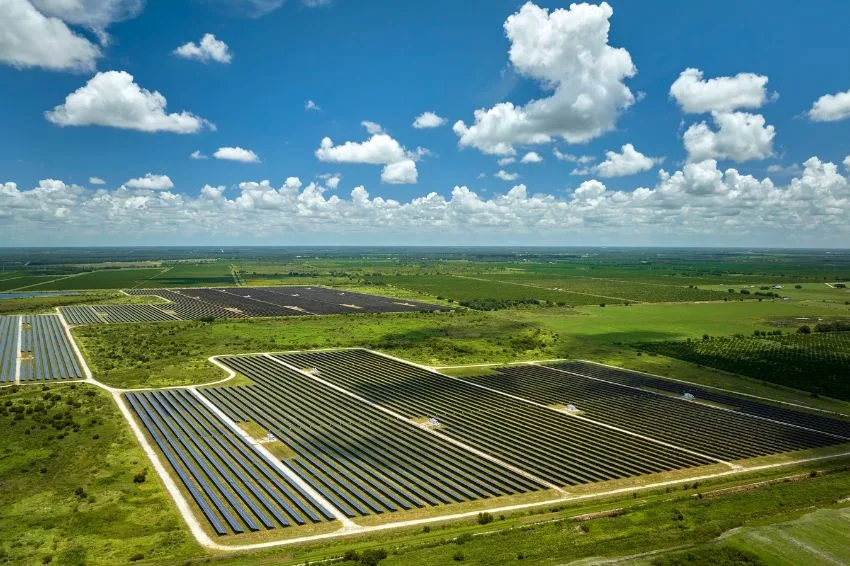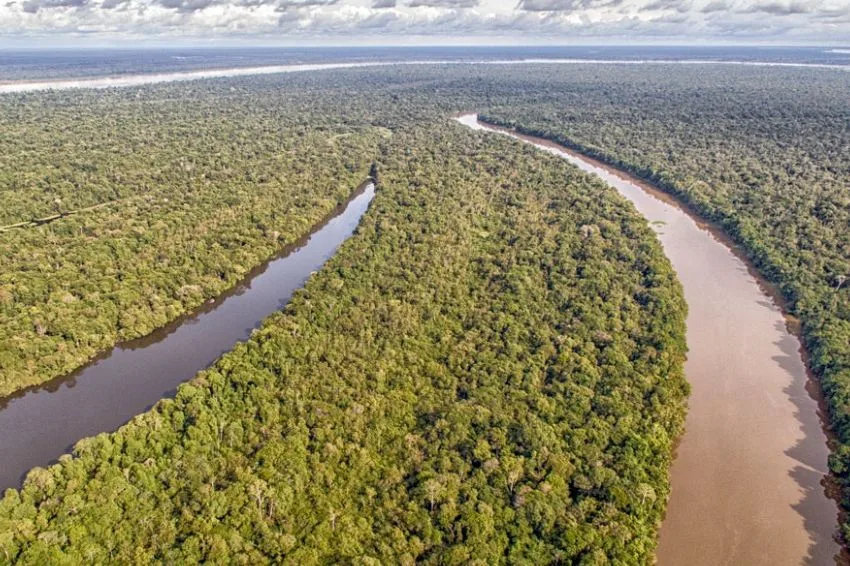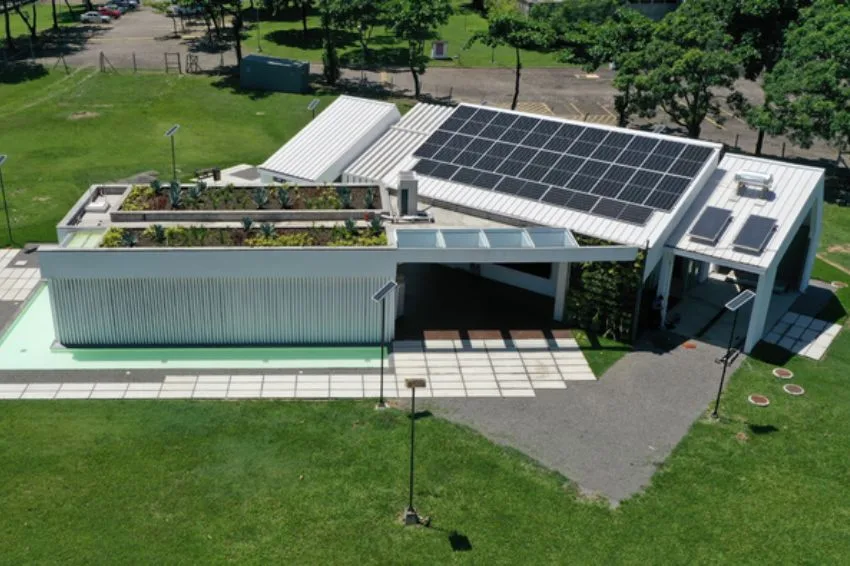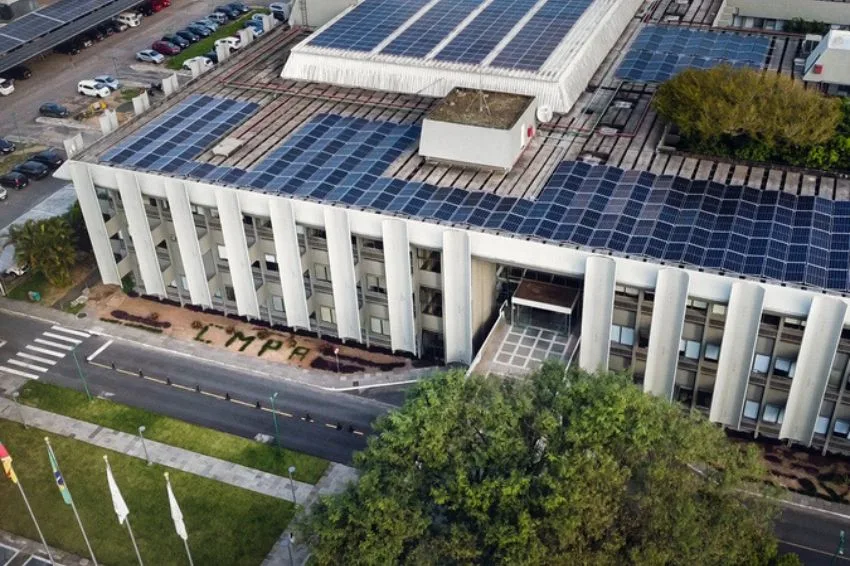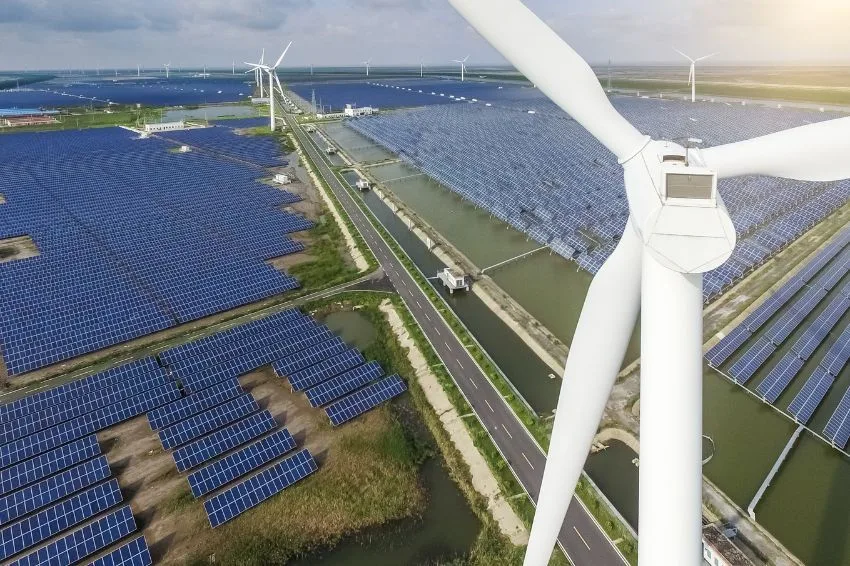O Brazil and the second country with the highest percentage of installed capacity in renewable energy from the South America, with 78% of your electricity being generated by sources with low or no carbon emissions, such as solar and wind.
O country is ahead of nations like Uruguay (70%) and Colombia (68%), but it is behind Paraguai, which already has 100% of its energy produced by clean sources, according to study data “Energy Transition in South America”, published by KPMG.
Us other countries on the continent, such as Ecuador, Chile, Peru and Argentina, the participation of renewables (although it shows significant growth in the last three years) has not yet surpassed 60% of total generation capacity.
In case of Paraguay, O good performance occurs due to the existence of three hydroelectric plants (Itaipu, Yacyretá and Acaray), responsible for almost all consumption in the country.

The research, which is based on data from 2010 to 2022 from the Energy Institute, also highlights that the clean energy generation in South America recorded average rates of growth 4%, 6%, and 9% in the years 2020, 2021 and 2022, respectively.
According to the survey, the rise of renewable sources in the region was boosted, mainly, by government policies aimed at diversifying the energy matrix.
To the Solar and wind energy have been the protagonists of this movement, although some less explored sources, such as geothermal and biomass, are also gaining ground.
Between 2010 and 2019, The renewable energy generation capacity in South America, including the hydroelectric plant, grew from 147 million kW to 220 million kW, reveal the research data.
Challenges
Despite promising advances, the South America faces important challenges to further accelerate the energy transition aiming to achieve the objectives of the Paris Agreement. Between them, the necessity of:
- Improve policies and regulations to clearly direct markets towards renewable energy;
- Facilitate access to the capital needed to finance renewable energy projects, facing macroeconomic issues such as high interest rates and inflation;
- Accelerate the implementation of renewable energy projects;
- Invest in energy storage solutions to ensure the continuous supply of electricity from intermittent sources, such as solar and wind;
- Mitigate the impacts of renewable energy on biodiversity;
- Facilitate obtaining a social license to operate, thus avoiding potential conflicts with local communities.
“To fully harness this (renewable) potential, it is crucial to overcome current barriers and improve infrastructure, ensure financial stability and address socioeconomic issues,” said Manuel Fernandes, lead partner in the energy and natural resources sector at KPMG in South America.


